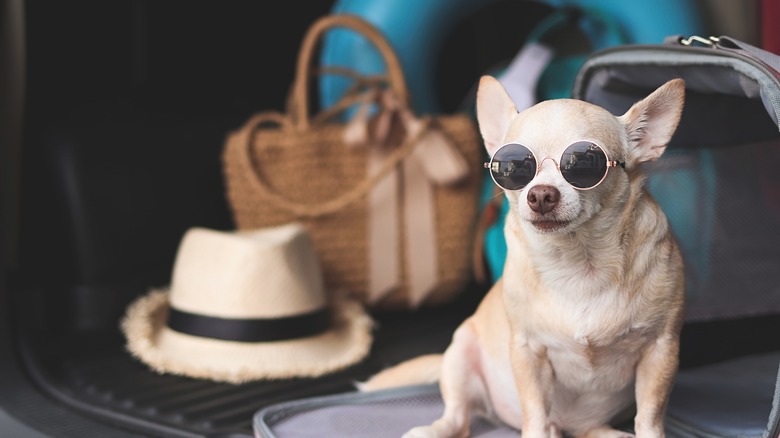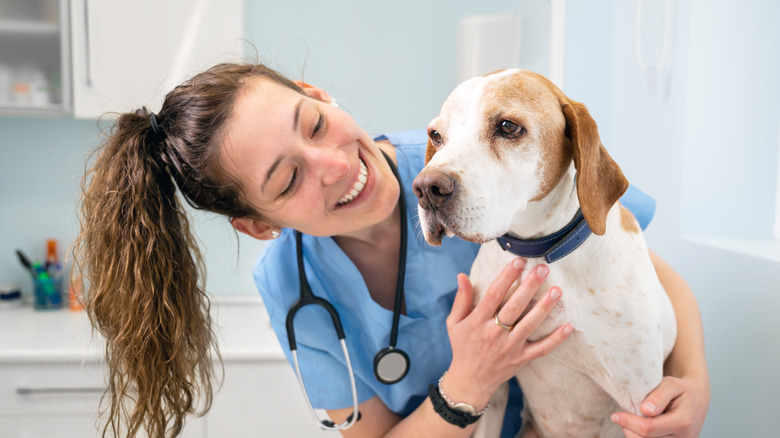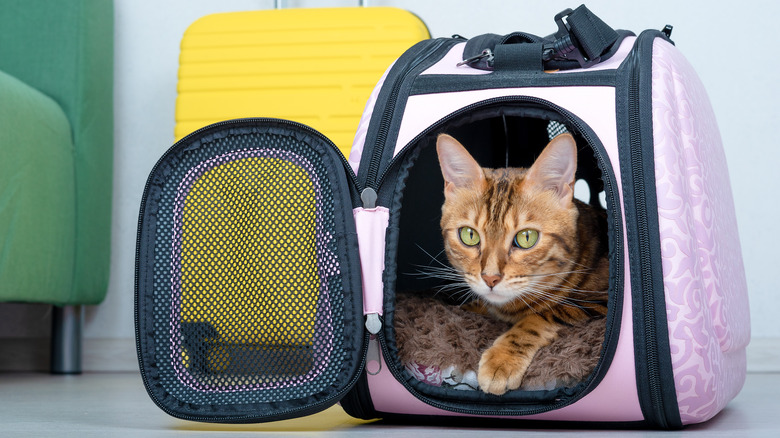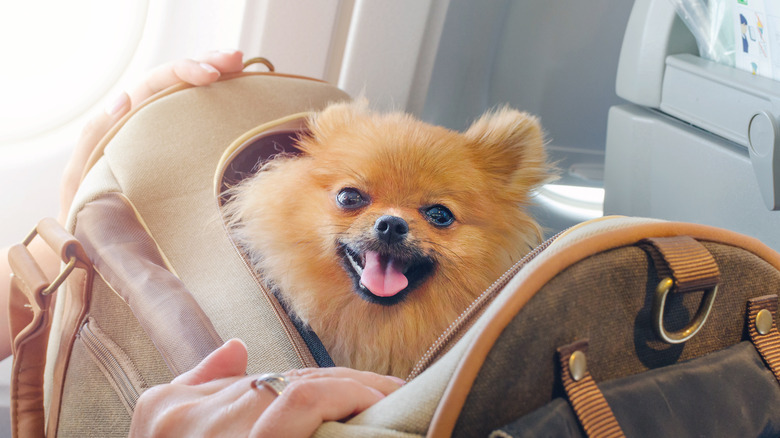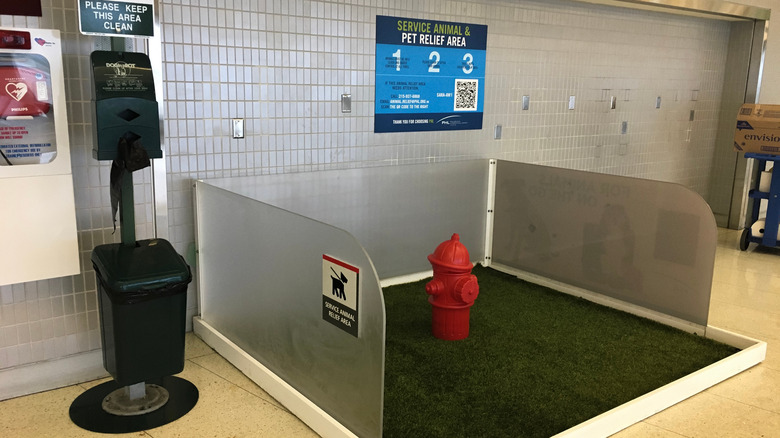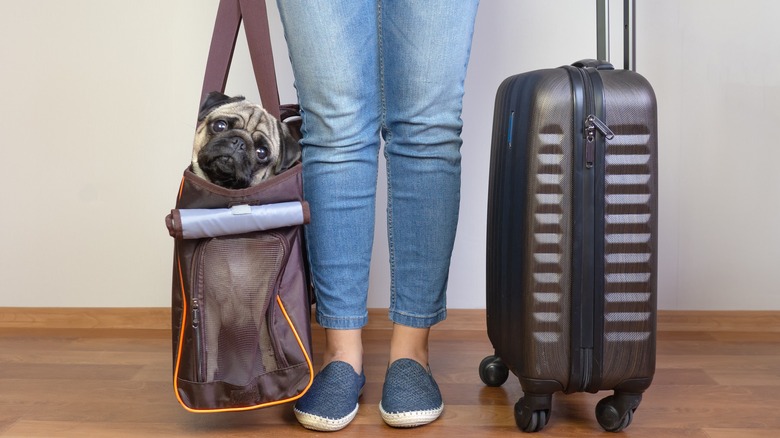5 Steps To Prepare Your Pet For Their First Flight
Traveling with pets can be a fun and exciting adventure for both pets and pet owners alike. Not only does it provide pets with an opportunity to explore the world, but it also gives their humans the chance to make lasting memories together. However, before taking your furry friend on their first flight, there are some steps that need to be taken in order to ensure that they have a safe and comfortable journey. From getting them used to traveling in carriers or crates to having all of the necessary documents ready and available, pet owners should take the time to properly prepare their pets for flying so they can enjoy a stress-free experience while on board.
By being prepared in advance, pets will have the best chance of enjoying their first flight. This will make your first trip together a breeze and make your flight a footnote in your journey as opposed to a horror story that puts a damper on the rest of your trip.
Pre-trip checklist for your pet's first flight
Before taking pets on their first flight, pet owners should take the necessary steps to ensure a safe and comfortable journey for their furry friends. First and foremost, pets should be taken to the vet before embarking on any kind of trip, especially air travel. The vet can provide a full health checkup to make sure pets are in good condition for the journey and provide a health certificate which is required by many airlines. During your visit, if your pet is prone to anxiety, you will want to ask your vet about any medications that could help reduce their fear and stress levels during the flight.
It's also important to make sure that all necessary documents are ready and available when traveling with pets such as pet passports. Pet passports are most often required for overseas travel and are necessary to avoid quarantine for your pet which can add immense stress for both the animal and the owner. Some airlines may also require proof of vaccinations, so it's important to have all of these documents on hand in case they are requested. Lastly, when making your flight reservation, you will need to call to book your flight and inform the representative you will be bringing a pet with you. There will be additional fees to bring your pet and, depending on the airline's policy, your pet may have to go into the cargo hold regardless of its size.
Preventing your pet's discomfort
If you know you'll be flying with your pet a few weeks or months before your flight, you'll want to start crate training them if you haven't already done so when they were young. If you don't already have a crate or carrier, you'll want to choose the right size for your pet. Every airline has different policies but typically you are permitted to bring an animal up to 20 pounds in weight into the cabin and their carrier must be able to fit under the seat in front of you without blocking your seatmates' path to the aisle. If they are a larger dog, they will likely need to be placed in a hard-sided carrier in the cargo hold. Search for TSA-approved carriers and choose a size that allows your pet to comfortably turn itself around. It's normal for the carrier to not be quite big enough for the pet to stand up in. The most important thing is that they feel at ease in their carrier.
Prior to take-off, you should familiarize your pets with their carriers or crates in order to reduce their stress when flying. This can be done by having pets practice laying down in the carrier at home, rewarding them with high-value treats (cheese, bits of meat, etc.), and getting them used to the sounds of flying by playing airplane sounds with your phone or speaker.
Traveling with your pet in the cabin
While you might love your pet, other people probably feel one of a few ways about them: obsessed, indifferent, or even downright annoyed. This is why it's best to take stock of the people around you and how your pet might impact their comfort on your flight. Let them know you have a pet with you and ask them if they're okay with the pet being there. Some people who are allergic might be concerned and ask that one of you be moved, but don't take this personally. You wouldn't want to be sneezing and coughing the whole flight if you could avoid it, right? If someone expresses any other concerns let them know your dog is well-behaved (if true) or that you've taken steps to keep them calm throughout the flight with dog-friendly medications.
It's also not advised to take your pet out of their carrier unless absolutely necessary, so be sure to put down some pee pads and change them immediately if your pet needs to do their business. Also, taking your pet out of their carrier could lead to them getting loose, and — if you haven't taken off yet — this could delay your flight. Finally, though not quite as bad as a crying or screaming child, a yapping dog is probably not going to make your seatmates very pleased with you. So please take steps to train them to be quiet or ask your vet if medications are advised.
Post-flight checklist for your pet
After your flight lands, you'll want to make sure you're prepared for the next steps with your pet. If you are able to travel with your pet in the cabin, it's important that pets get an opportunity to relieve themselves after their long flight if they didn't do their business in their carrier already. If possible, it would be best to take them to a designated pet relief area in the airport. These are very common nowadays but if you're not able to find one, you'll want to put down a pad and encourage them to go to the bathroom. Once your pet has been able to go to the bathroom, take them for a walk to stretch their legs if you have to board another flight soon.
If you've reached your destination and your pet was traveling in the cargo hold, in most cases you will need to head to a special cargo area to reunite with your pup. Some airports may also offload your pet onto the baggage handling belt though. So be sure to inquire in advance about where to get your dog after your flight.
Consider whether you should take your pet on vacation
Before you even consider taking your dog with you on a flight, you'll want to consider whether it's worth it to bring them along. While you might love having your companion at home with you and they prefer to always be at your side, it's very different when traveling. Unfortunately, not all destinations are dog friendly and in many cases having a dog with you while you travel can be a burden on you and very stressful for your pet. And that's after a very stressful flight, too! Think about what sorts of activities you will be doing. Can your pet come with you on your outings? How much time will they have to spend at your accommodation without you if not? Are they even allowed to be alone in your hotel room or short-term rental? How much will it cost to bring them along or else impede you from enjoying your trip? These are all very real considerations one must make.
With that said, in some cases, you may have no choice but to bring them along. If you do, be sure to check that all of your accommodations are pet friendly and find some resources that have information about proper pet etiquette wherever you are going.
